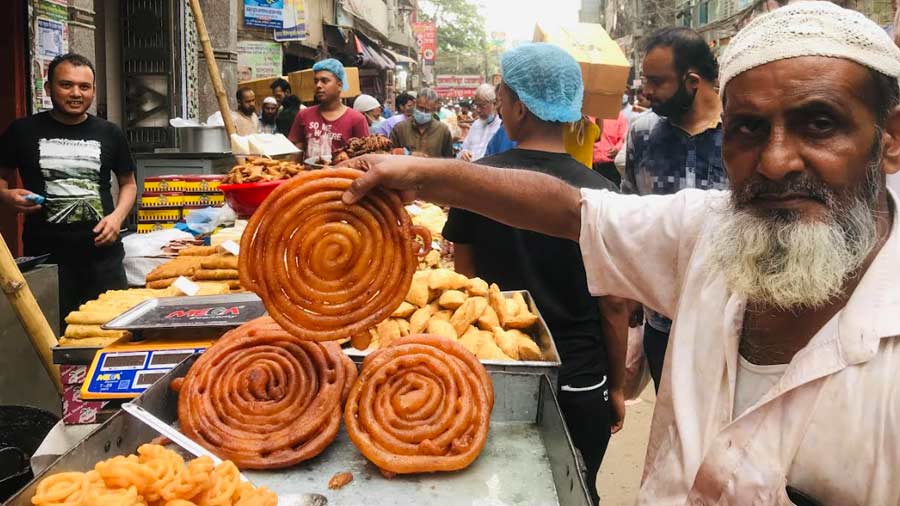Inaugurated on June 25, the Padma Bridge has been making headlines in both Bengals. The 6.15km-long road-rail bridge is considered Bangladesh’s biggest infrastructure project yet. The bridge will reduce travel time between Kolkata to Dhaka by at least two hours. Before the construction of the bridge, this journey took about 12 hours on a large vessel that would ferry vehicles and passengers across the mighty Padma river.
Reading reports from the inauguration of the bridge and various comments on social media reminded me of my very own Kolkata-Dhaka bus journey way back in 2015.
A journey of the past
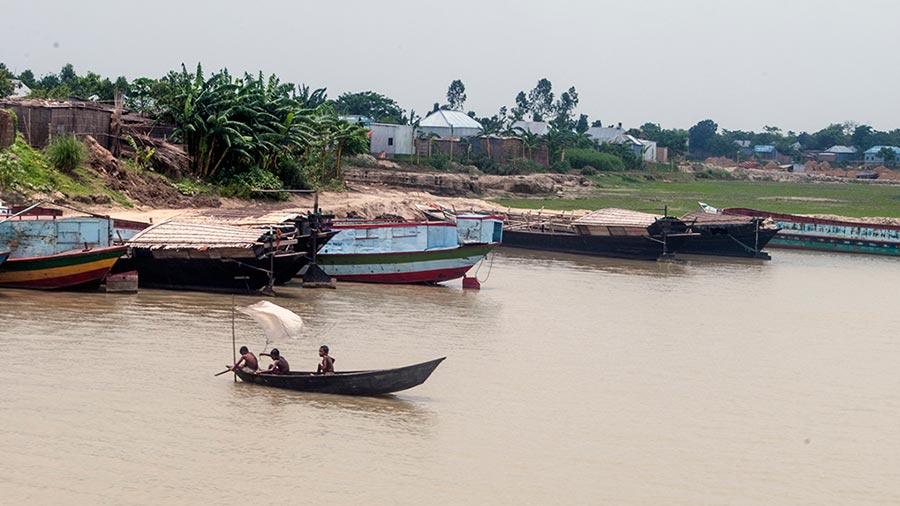
A local fishing boat on the Padma
Before the bridge came up, the journey across the river was the highlight of the Kolkata-Dhaka journey. Between the ferry ghats of Daulatdia and Paturia, where the Padma (Ganga) and Jamuna (Brahmaputra) rivers met, dozens of buses, trucks, cars and vehicles of all sorts were loaded onto the vessel, which would then sail across the expanse of the Padma.
Daulatdia, which has been known as the largest red-light district in Bangladesh, is located on the western bank of the river and just next to the town of Goalundo, famous for the Goalundo steamer chicken curry.
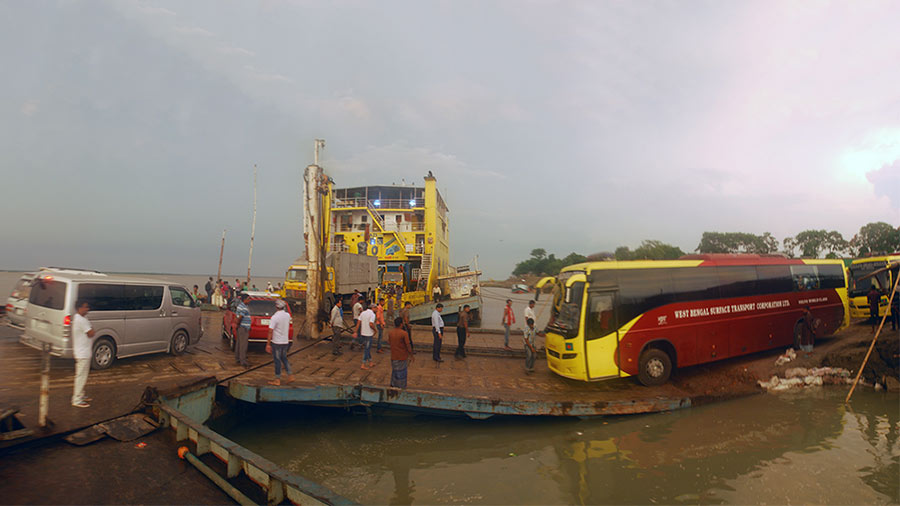
Buses are driven onto the vessel at Daulatdia Ferry Ghat
Goalundo’s ferry ghat was once the point of connection by ferry to far-off places like Patna (along Padma and Ganga) and Dibrugarh (along Jamuna and Brahmaputra), and was also connected to Kolkata by rail. No wonder, it became an important transport hub, one where travellers changed vehicles. Being a hub meant that it also became a spot to stop for food on the journey, which led to its other claim to fame. Local boatmen cooked a simple chicken curry, often on their steamers or boats, which later became famous as the Goalundo steamer chicken curry. Unfortunately, with time, the town has lost its former glory and buses hardly make a stop at Goalundo now.
Back in 2015, our bus went past Goalundo making a stop at Daulatdia. We got off the bus and waited on the banks. The river was studded with boats and ships of all shapes and sizes, from tiny fishing boats to large vessels ferrying dozens of vehicles and hundreds of passengers.
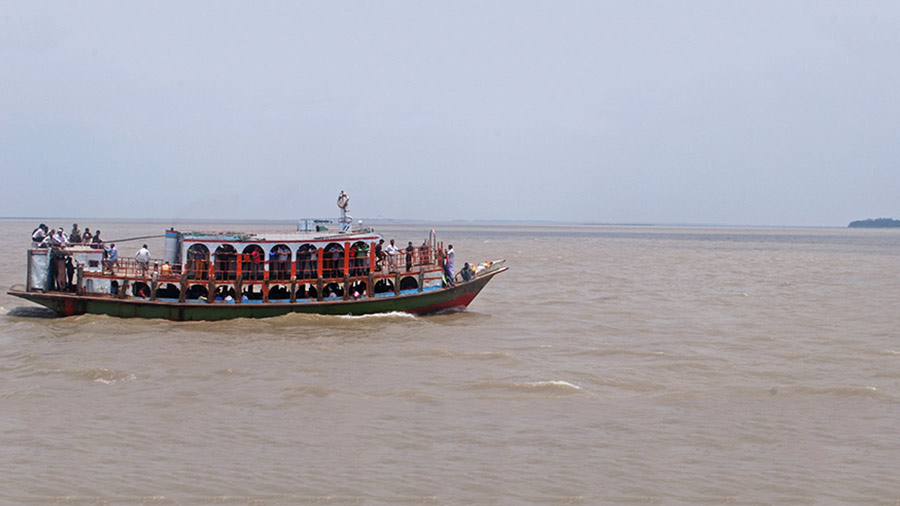
A small ferry carrying passengers across the Padma
Soon our vessel arrived from the other side, the passengers alighted and the vehicles were driven off board. One by one buses, trucks and other vehicles on our side of the bank drove onto the lower deck — a slow process taking almost an hour. On these vessels, the second deck has seating arrangements for passengers, and the topmost third deck is open with no seats but provides a picturesque view of the river and beyond, and that’s where we went. Sadly, we were behind schedule and it soon became too dark to be able to enjoy the view, but we decided to stay on the top to enjoy the cool breeze.
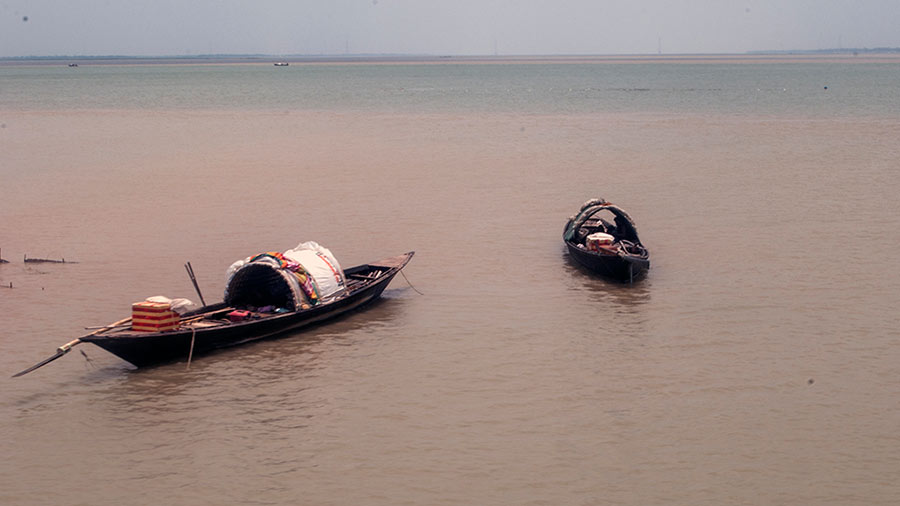
The top deck of the big ferry vessels offered picturesque views of the river
The ferry ride took almost an hour on the water, and another hour each for loading and unloading of passengers and cargo.
The new Padma bridge will definitely save valuable hours on this route, but it will also miss the romance of these past journeys on one of the most amazing ferry crossings across one of the broadest rivers of the world.
Rangan Datta is a mathematics and management teacher by profession and a travel writer and photographer by passion. He has been addicted to discovering off-beat places since his undergraduate days at St. Xavier's College. Blogging and contributing to Wikipedia are his other passions.


